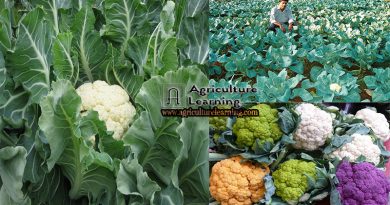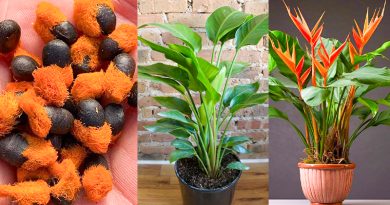How to grow lavender at Home
Lavender is a beautiful and fragrant small shrub perfect for cottage gardens, perennial borders and pollinator patches. It is a popular perennial with gray-green foliage. Upright flower spikes and a compact shrub growth habit that reaches about three feet. There are several lavender species out there, that all smell amazing, but look and grow slightly different. Some varieties are hardy and tender species of lavender to choose from, but most grown by gardeners will be hardy varieties. Lavenders work in a variety of situations, from wildlife gardens to cottage gardens and even formal gardens, where they can be planted under shrub roses or used as a low-growing lavender hedge.
How to Grow
Lavender thrives in an open site in full sun, in a free-draining, neutral to alkaline soil. The best time for planting lavender, is in spring and from March to May. If you have heavy soil and improve drainage by adding horticultural grit to the planting hole before planting. Planting on a slight mound can also help to prevent waterlogging. Fluff up the soil at the bottom of the hole and mix some Compost through the original soil at the bottom of the planting hole. Gently remove a lavender from the nursery pot and tease the roots lightly if they are compact. Plant the lavender into the prepared hole and backfill around the plant.
Care
Plant your lavender in a location that receives full sun or at least six hours of direct sunlight, in well-draining soil. Water the young plants that aren’t yet established, but avoid watering mature plants. Lavender is fairly drought-tolerant plant. Lavender will need fertilizing once every 6 months in late winter or early spring with Scotts Osmocote All Purpose Controlled Release Fertilizer. Most of the lavenders should be pruned back by two thirds after they’ve flowered to help maintain a bushy growth.
96 total views, 1 views today




